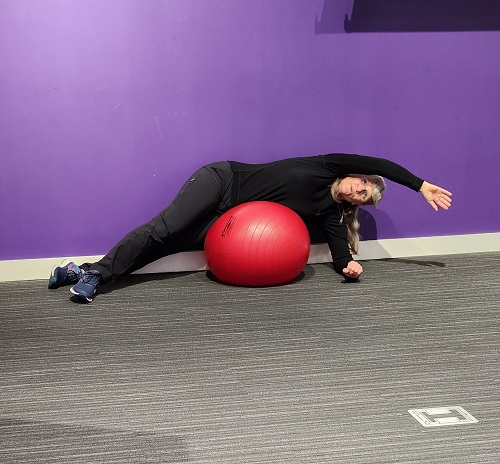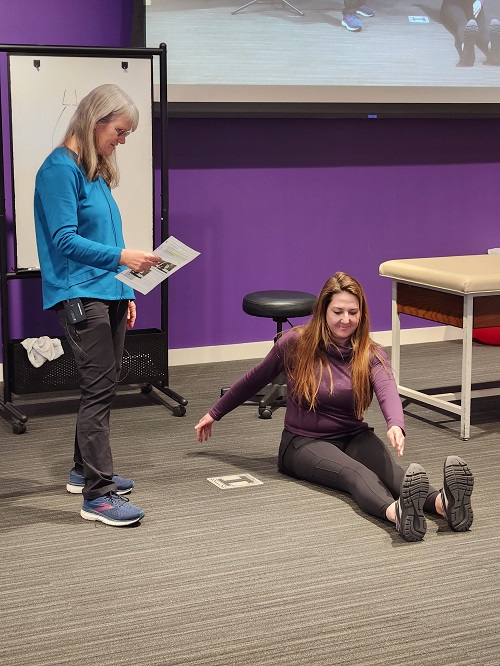It was so appropriate to have my first attempt to be the lead instructor for the entire, two-day Cranial Resolution Course to occur on St Patrick’s Day, since I was feeling quite green regarding how to teach this tertiary material. Fortunately, people were very kind and appeared to appreciate my simplifications, analogies and/or clinical examples of the frequently complex didactic concepts that are introduced in this course (like how the ANS and CNS interact with each other). Ron, who was sitting in the front row, was remarkably restrained, even though it must have been hard for him since these are the concepts that have been behind PRI, and so dear to his heart, right from the very start.
What I found so exciting was that out of the 46 people in attendance from all over the globe, half of them were attending Cranial Resolution for the first time! That indicates to me that more people are recognizing the need, and are now ready to start, to integrate neurological concepts into their PRI practice. From my own personal experience, I accept that learning when and how to consciously introduce such things as lateralized neural rhythms into your practice may take a while to grasp. What I truly wanted to get across, especially to those first-time attendees, was that the techniques taught in this cranial course were never meant to replace the foundational material from the primary and secondary courses, they were meant to augment it. And that appropriately using the concepts introduced in Cranial Resolution may be able to help your patients make changes faster, more effectively and in a way that is perceived differently. Learning how and when to utilize them may not be quite as algorithmic as techniques learned in the primary courses, but I hope that I was able to share enough specific examples to progress practitioners from ‘just trying’ seemingly random, sensory-modifying techniques to better understanding WHY and WHEN they might appropriately recruit them to each of their client’s unique situations.


I was thrilled to have 6 PRI faculty in attendance at my inaugural session of teaching this course. Their supportive presence constantly reminded me of the strong foundation this course stands upon. Because even though I personally have found that the concepts taught in Cranial Resolution have been a game changer for my practice, there is no way anything can ‘change the game’ if there isn’t already a game being played by a strong set of recognized and accepted premises and principles.
I know I was nervous, I read from the slides more than I wanted to, and I spoke too fast. These are all issues that I will actively work on for future renditions of this course. But like I said earlier, even though I may be comfortable with the material presented, I am still green at presenting it, especially to all the bright and inquisitive individuals who have pursued PRI to this tertiary level. What I hope came across, however, is how much I love this material – and want to get others to feel the same way. It’s not hard, it’s just different. And ‘different’ is cyclically needed, otherwise we have nothing to which we can compare or reference normal.
Thanks to all who attended – and plan to attend in the future!


